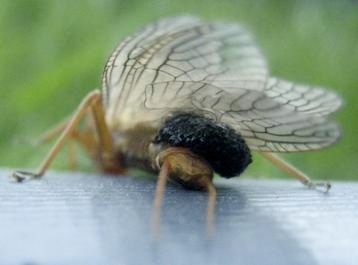Kingdom – Animalia
Phylum – Arthropoda
Class – Insecta
Order – Plecoptera (Stonefly)
There are some 3500 species of stonefly worldwide; around 30 of which are found in the oxygenated lakes, lochs and spate rivers of northern Britain. Although stoneflies are far less numerous in southern chalk streams, it should be recognised that during spring and autumn when other types of invertebrates may not be quite as numerous, stoneflies provide an excellent source of nutrition for trout.
Depending on species, the life cycle lasts between one to three years and consists of three stages; Egg, Nymph and Adult.
Egg
After mating the female stonefly returns to the water to lay her eggs, which then drift downwards and attach to rocks and pebbles. The incubation period lasts between two and three weeks.
Nymph
Once the nymph emerges from the egg case it begins to grow, shedding its skin as its size increases. By the time it reaches full size the nymph may have repeated this moulting process 30 times. Being excellent crawlers they prefer to live on and among rocks and stones; in terms of appearance they are distinctive and have two short tails and two antennas. Ranging in size from about 1 to 3cms, the smaller species feed on aquatic algae, while the larger ones are voracious predators consuming other fresh water invertebrates.
This is by far the longest stage of their lifecycle, at the end of which it crawls ashore for a final moult to emerge as the winged adult. The fly fisherman can mimic the aquatic crawling stage by using artificial flies such as a Goldhead GRHE. It should be noted that this type of fishing can sometimes prove problematic as retrieving the fly so near to the river bed can lead to hooking the artificial fly among weeds and rocks.
Adult
The winged adults have two pairs of distinctive veined wings, giving the scientific name Plecoptera from Greek plekein –‘to braid’. This stage is relatively short lived, lasting two to three weeks only and is effectively land based as they scurry among the rocks of river banks and shores of lakes.
After mating on land the female stonefly returns to the water to release her eggs, a behaviour which varies from species to species. Some, during flight, dip their abdomen under the water while others walk across the surface and some simply dive into the water to deposit their eggs.
Whichever egg laying approach the stonefly uses; it’s a great feeding opportunity for a trout, and a great opportunity for the fly fisherman to mimic the female stonefly with an artificial fly.




